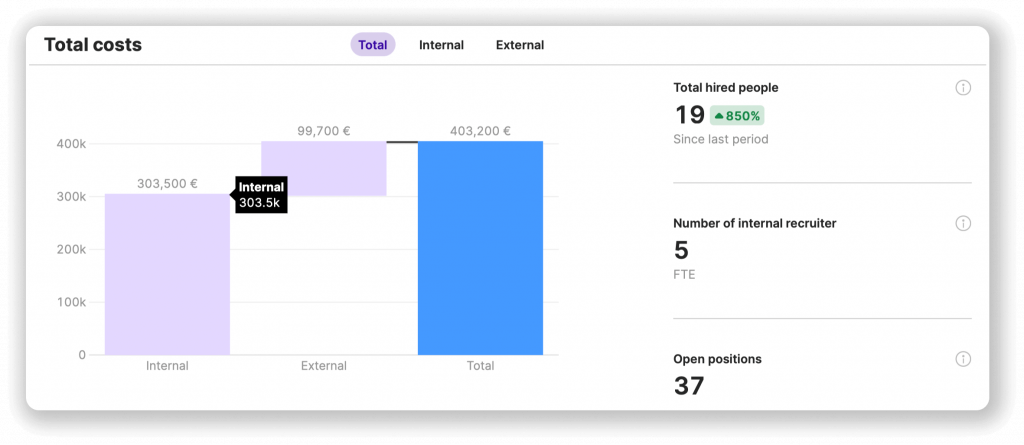Time to hire
Measures the time it takes for a candidate to move through the recruitment process, from the moment the application is received until the candidate has signed an offer. It provides insight into the effectiveness of the recruiting process and its impact on the company’s overall workforce and business performance.

